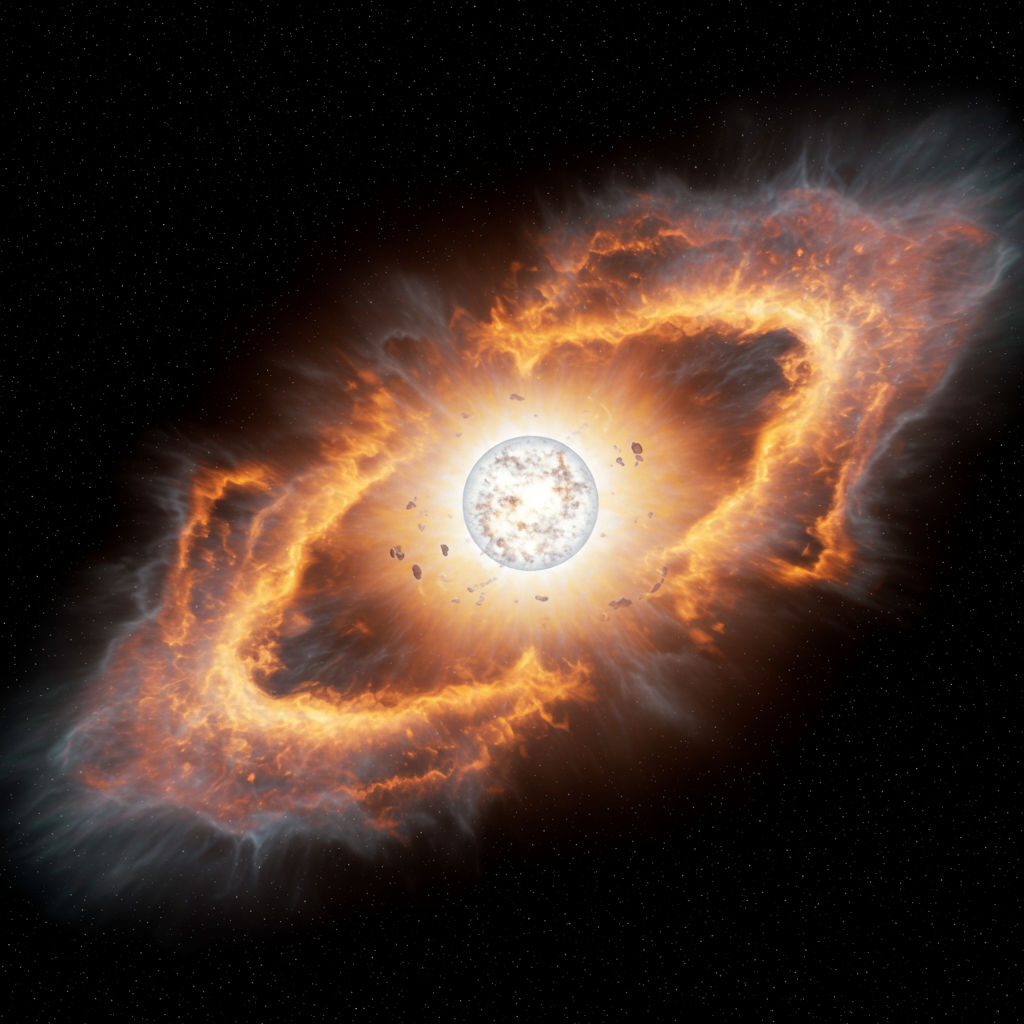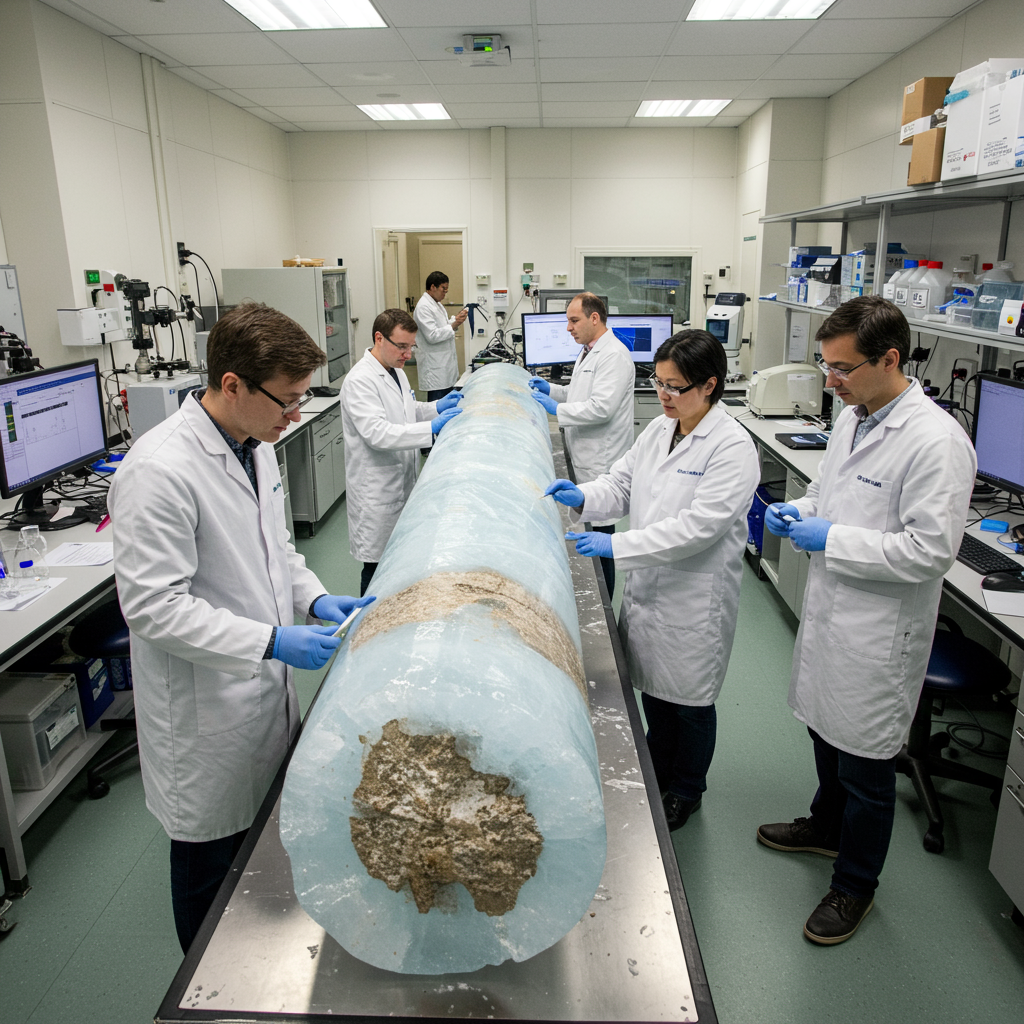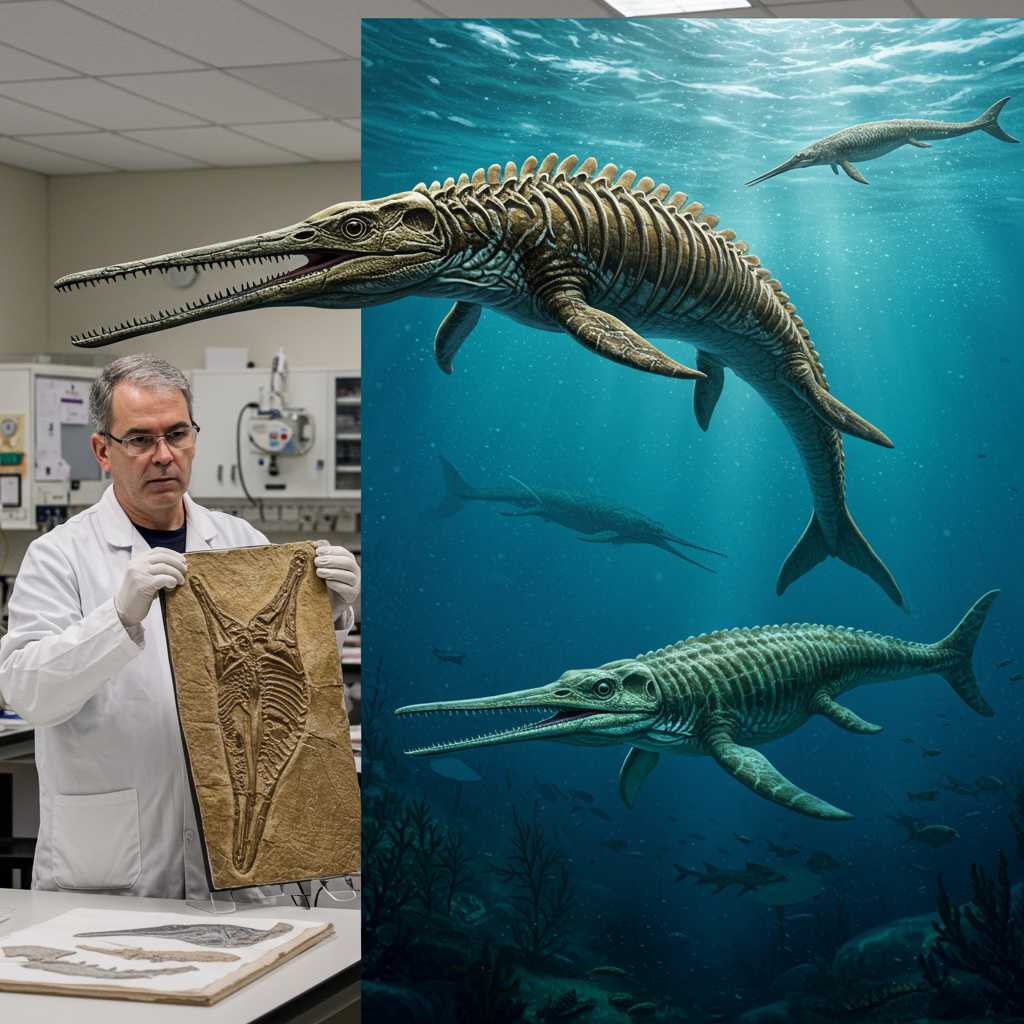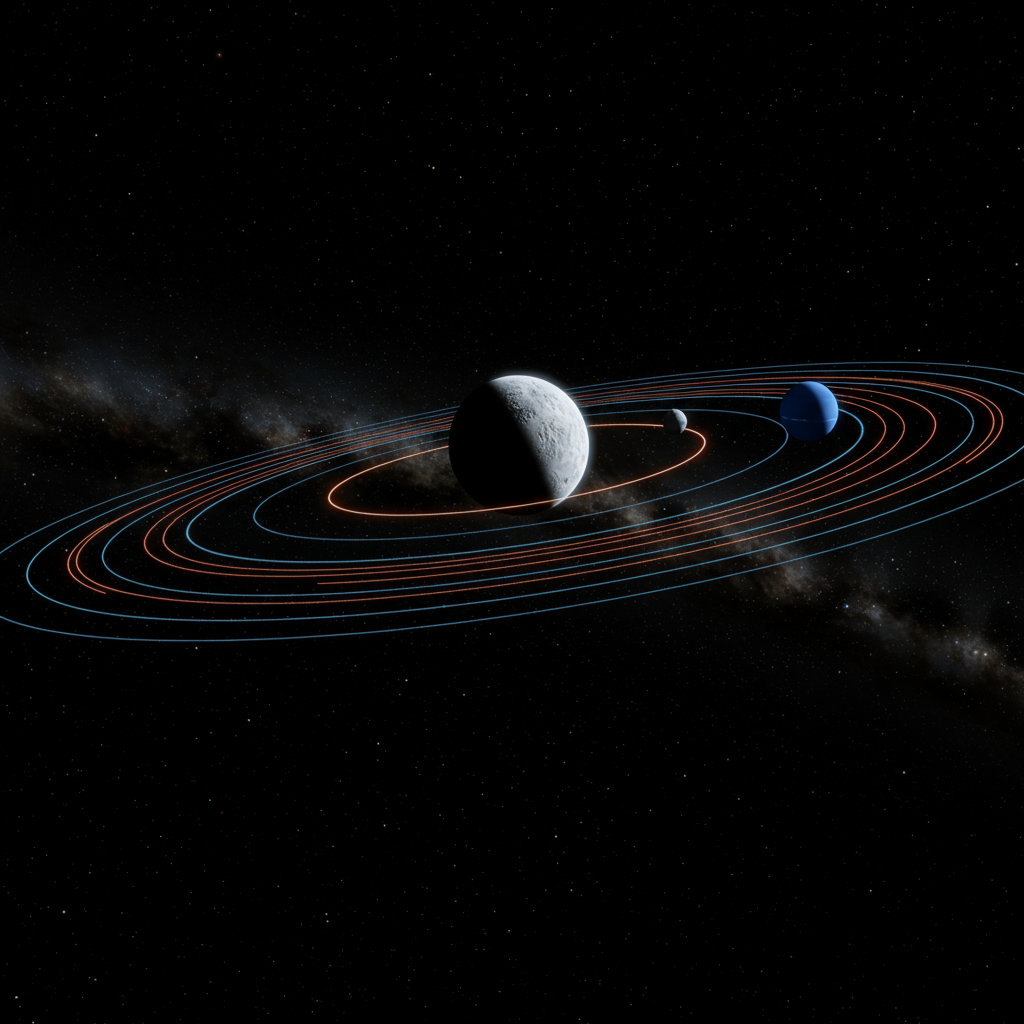Imagine a star meeting its end not with a single, colossal bang, but with a devastating one-two punch. Astronomers have now captured compelling visual evidence suggesting exactly that happened to a dead star known as a white dwarf. This groundbreaking discovery, centered on the lingering remnants of a supernova, is shedding new light on some of the universe’s most powerful and important explosions. It confirms a long-theorized but never-before-seen mechanism for how these stellar titans meet their violent end.
supernovae are cosmic fireworks marking a star’s death. While most originate from massive stars collapsing under their own gravity, a particularly crucial type comes from surprisingly small, dense objects: white dwarfs. These are the stellar cores left behind after stars like our Sun exhaust their nuclear fuel.
The Mystery of Type Ia Supernovae
Type Ia supernovae are different. They occur in binary star systems where a white dwarf orbits a companion star. The white dwarf siphons material from its partner. For decades, the leading theory stated that the white dwarf explodes only after accumulating enough mass to reach a critical point, known as the Chandrasekhar limit (about 1.4 times the Sun’s mass). This immense pressure supposedly triggers a single, runaway thermonuclear detonation, obliterating the star.
However, astronomers have long puzzled over whether this single-detonation model fully explains all observed Type Ia supernovae. Some events seemed inconsistent with this picture. This fueled the idea of an alternative trigger mechanism.
The Double Detonation Theory
The proposed alternative is the “double-detonation” model. In this scenario, the white dwarf still accretes material, but specifically, it forms a layer of helium on its surface. If this helium layer becomes unstable and ignites before the core reaches the Chandrasekhar limit, it causes a initial, smaller surface explosion. This first detonation isn’t the main event, but it generates a powerful shockwave. This shockwave travels inward through the white dwarf. It compresses the star’s core, triggering a second, much larger, core-destroying detonation. This two-step process results in the final, catastrophic supernova explosion.
This double-detonation theory offers a way for Type Ia supernovae to occur from white dwarfs that haven’t reached the standard critical mass. It helps explain some of the variations astronomers see in these cosmic blasts. Until now, though, this theory lacked direct visual proof.
Hunting for the Cosmic Fingerprint
Astrophysicists predicted that a star destroyed by a double detonation would leave a unique “fingerprint” in its remains. They theorized that the two separate explosions—the surface helium blast and the core detonation—would eject material in distinct patterns. Specifically, models suggested such a remnant would contain two separate, concentric shells of the element calcium. Calcium is forged during the thermonuclear burning processes that power supernovae. Finding this specific calcium distribution would provide strong evidence for the double-detonation model.
To find this predicted signature, astronomers turned their gaze towards centuries-old supernova remnants. Their target was SNR 0509-67.5, the glowing debris field of a supernova that exploded roughly 400 years ago as seen from Earth. Located about 160,000 light-years away in the nearby Large Magellanic Cloud galaxy, this remnant offered a prime location for detailed study.
Unveiling the Evidence in the Debris
Using the European Southern Observatory’s (ESO) Very Large Telescope (VLT) in Chile, equipped with the sensitive Multi Unit Spectroscopic Explorer (MUSE) instrument, a team of astronomers led by Priyam Das imaged SNR 0509-67.5. MUSE can map the distribution of different elements within cosmic objects. Their observations focused on mapping the calcium present in the expanding gas and dust of the remnant.
The results were clear and compelling. The detailed map of calcium distribution within SNR 0509-67.5 revealed precisely the pattern predicted by the double-detonation theory: two distinct, separate layers of calcium. This visual evidence strongly supports the idea that the white dwarf that created this remnant underwent not one, but two detonations. Ivo Seitenzahl, who led the observational part of the study, noted that these findings offer “a clear indication that white dwarfs can explode well before they reach the famous Chandrasekhar mass limit.” This confirms that the “double-detonation” mechanism is indeed a process that occurs in nature.
Why This Discovery is Crucial
Understanding the precise mechanics behind Type Ia supernovae is incredibly important for astronomy and cosmology. These explosions serve a vital role as “standard candles.” Because they generally have a very consistent peak brightness, astronomers can use them to measure vast distances across the universe. By comparing how bright a Type Ia supernova appears from Earth to its known actual brightness, scientists can calculate how far away it is.
This cosmic measuring tape was instrumental in one of the most significant discoveries in modern science: the accelerating expansion of the universe, which earned a Nobel Prize in Physics in 2011. Refining our understanding of how Type Ia supernovae explode helps ensure their reliability as distance indicators. If some are triggered differently than previously thought (e.g., via double detonation at lower masses), it’s essential to understand how this might affect their luminosity. This research improves our ability to use these cosmic tools for mapping the universe and understanding its history and fate.
Furthermore, Type Ia supernovae are the universe’s primary factories for producing elements like iron. The iron in your blood, the iron in bridges and buildings, much of it was forged in these specific types of stellar explosions billions of years ago. Understanding the explosion mechanism helps astronomers model element production more accurately.
For lead author Priyam Das, the tangible evidence is not just scientifically significant but also visually rewarding. He describes the discovery as revealing “a beautifully layered structure that a supernova creates.” This double-detonation finding resolves a long-standing mystery about the trigger for Type Ia supernovae and offers a stunning glimpse into the complex, violent processes shaping the cosmos.
Frequently Asked Questions
How does a double detonation supernova happen?
A double detonation supernova occurs when a white dwarf star, in a binary system, accretes a layer of helium onto its surface from a companion star. This helium layer can ignite in a first detonation. This initial blast creates a shockwave that travels inward, compressing the white dwarf’s core. This compression then triggers a second, more powerful detonation in the core, leading to the star’s complete destruction and the resulting supernova. This differs from the traditional model where a single detonation occurs only after the white dwarf reaches a critical mass limit.
Where was the evidence for the double detonation mechanism found?
The first direct visual evidence for the double detonation mechanism was found by observing the supernova remnant SNR 0509-67.5. This is the debris field of a star that exploded approximately 400 years ago in the Large Magellanic Cloud, a satellite galaxy of our Milky Way, located about 160,000 light-years away. Astronomers used the European Southern Observatory’s (ESO) Very Large Telescope (VLT) and its MUSE instrument to detect two distinct layers of calcium within this specific remnant, a key prediction of the double-detonation theory.
What is the significance of finding evidence for double detonation supernovae?
Finding evidence for double detonation supernovae is highly significant because it helps solve a long-standing puzzle about the trigger mechanisms of Type Ia supernovae. These supernovae are crucial “standard candles” used to measure cosmic distances, essential for understanding the universe’s expansion. Confirming that some Type Ia events can occur via this two-step process, potentially at lower white dwarf masses than the traditional model, improves the reliability of using them as cosmic distance markers. This enhanced understanding is vital for refining cosmological measurements and models.
Word Count Check: ~980 words




